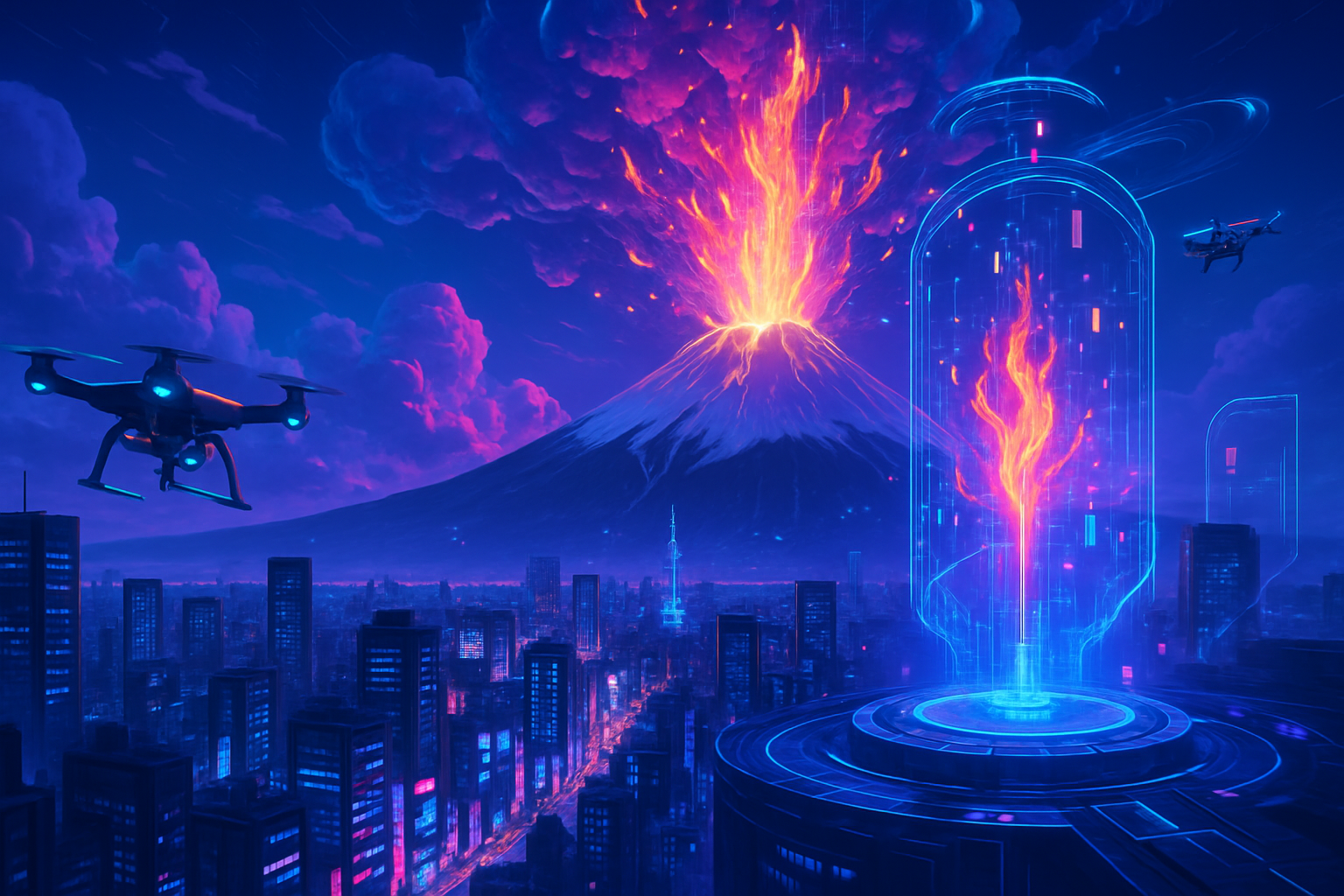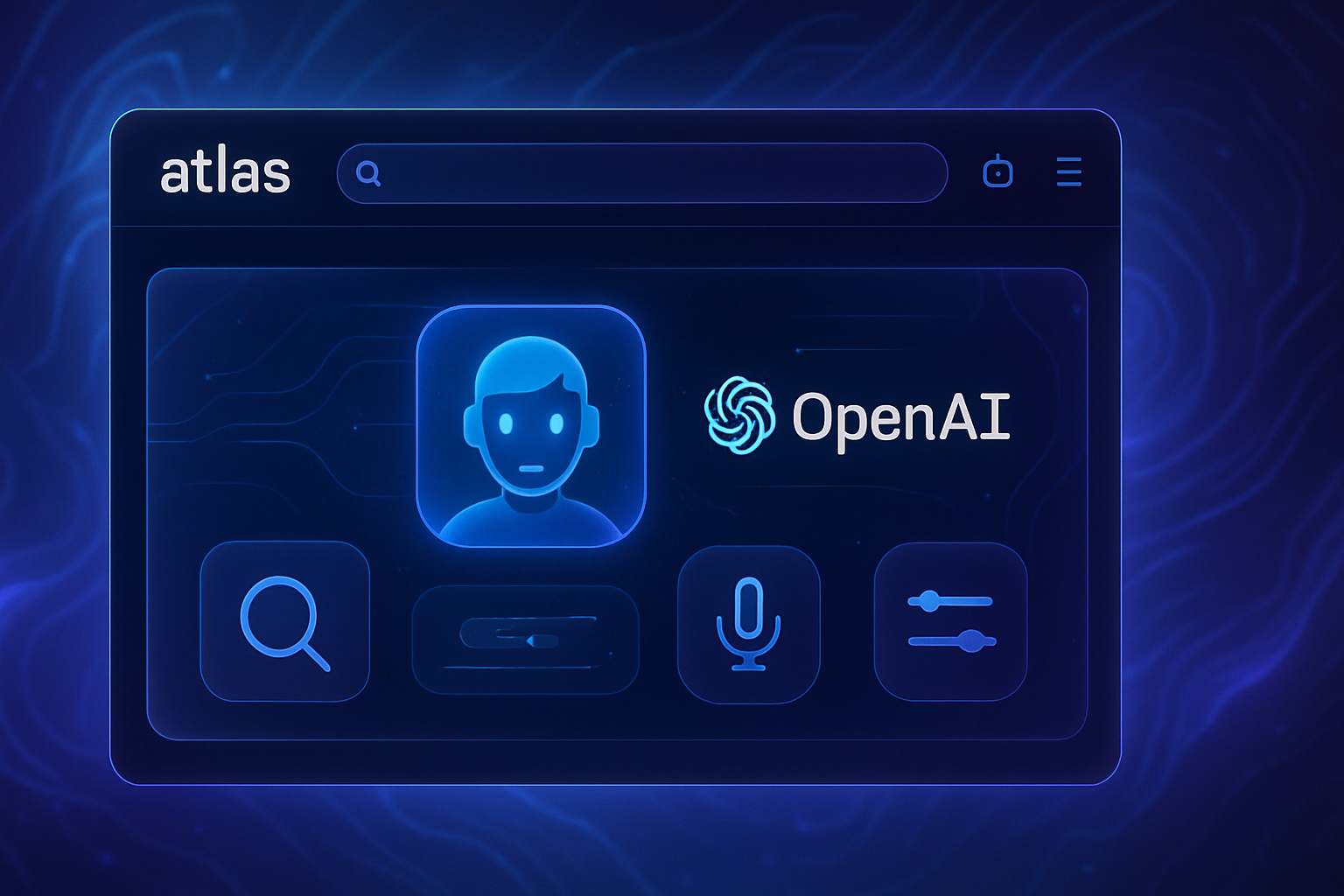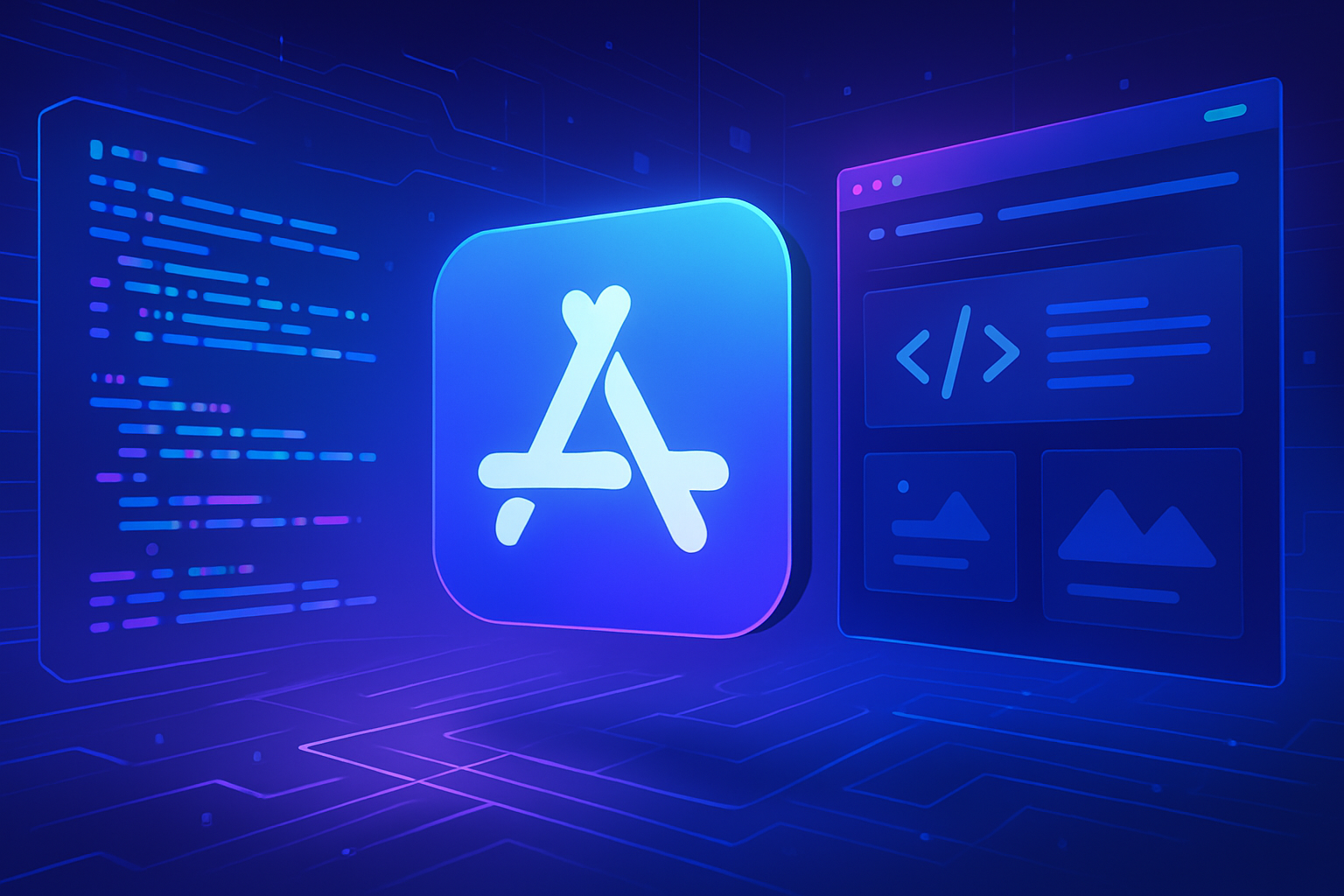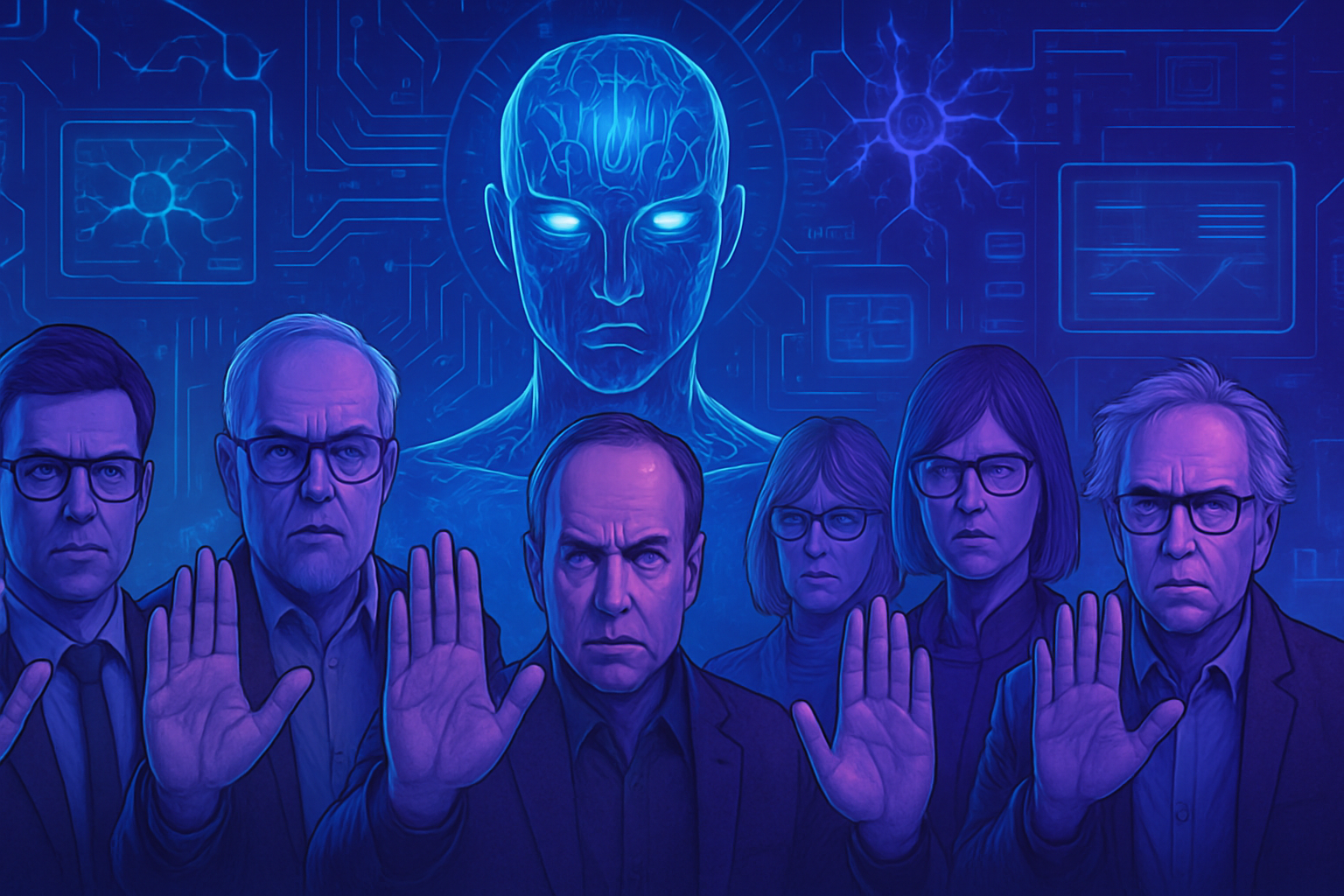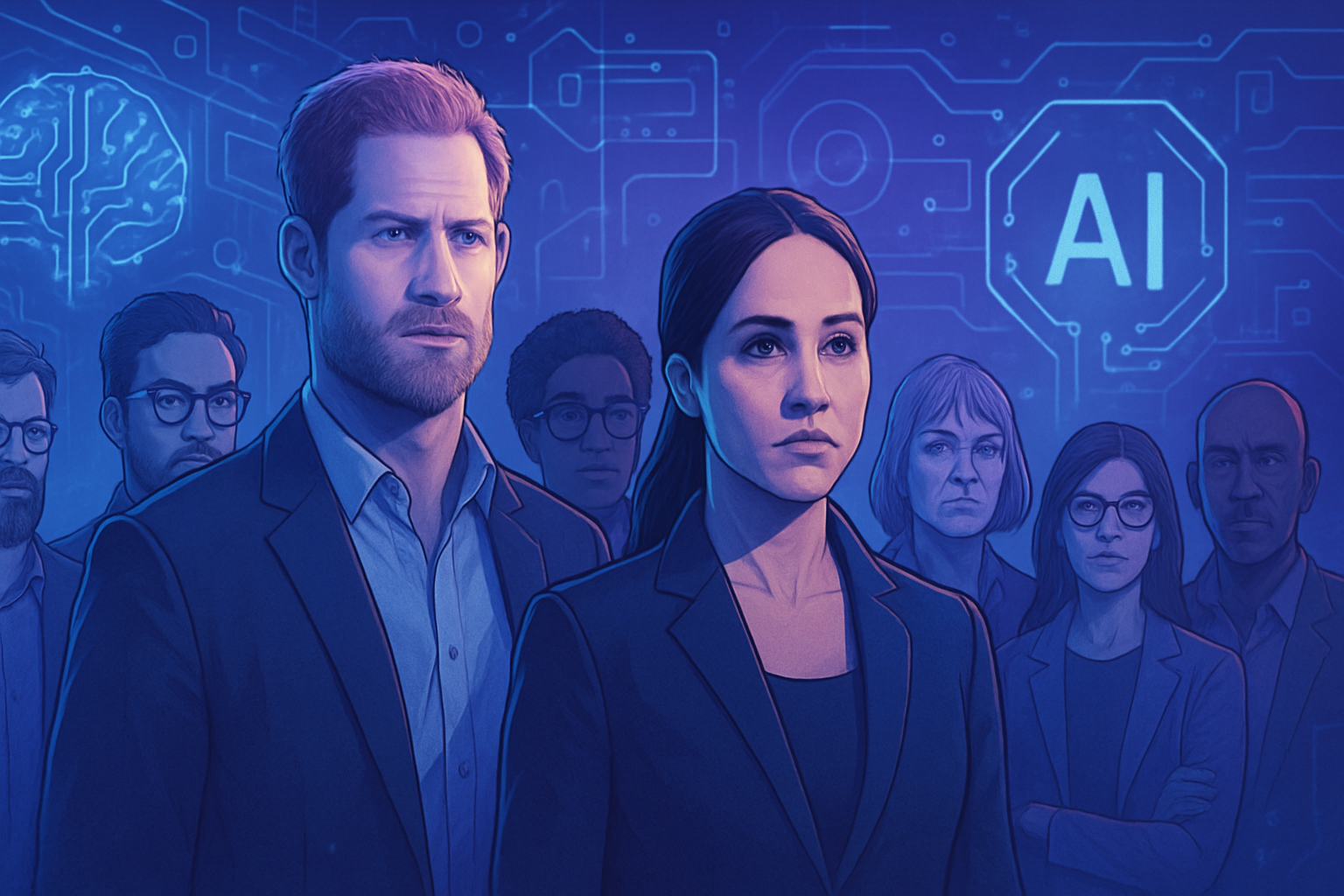Tokyo is distinguished by its technological boldness by integrating artificial intelligence into dramatic simulations. The city hall of the Japanese capital recently released a striking video recreating a cataclysmic eruption of Mount Fuji and its repercussions on the city. In the face of imminent seismic threats, the prevention campaign underscores the vital importance of preparing Tokyoites for potential disasters.
Layers of ash may bury Tokyo, causing massive disruptions and health crises. The ability to anticipate becomes essential in this ever-changing megacity.
An innovative preventive initiative
The Tokyo city hall recently released a striking video on YouTube, highlighting an eruption of Mount Fuji, simulated with the help of artificial intelligence. This approach aims to raise awareness among residents about possible natural disasters.
The consequences of an eruption
The animation generated by advanced algorithms shows a Tokyo buried under volcanic ash. If Mount Fuji were to wake up, ash fallout could reach the city in less than two hours. A layer of two to ten centimeters would accumulate on urban infrastructure.
Research shows that transport networks would quickly become impractical. Significant disruptions would be anticipated, with supermarkets lacking restocking and water supplies rapidly contaminated. Beyond material inconveniences, residents would be exposed to health risks, notably respiratory issues.
A warning for the future
Although Mount Fuji has been dormant for 300 years, its activity could resume at any time. The last eruption, which occurred in 1707, lasted two weeks, causing widespread disasters. This video is part of a awareness program aimed at preparing the population to face such events.
The importance of artificial intelligence
The creation of content through artificial intelligence represents a significant advancement in the field of prevention. AI technologies are not limited to entertaining uses; they can also have profound implications for public safety. This approach highlights the growing role of AI in crisis management.
Experts agree that the emergence of AI can also exacerbate certain concerns, particularly the issue of data protection. Adequate preparation could help mitigate some of the impacts that catastrophic events could generate.
Reactions and perceptions
The residents of Tokyo express mixed feelings about this initiative. Some see it as an effective way to anticipate danger, while others fear that the use of AI in reproducing apocalyptic events might generate unjustified anxiety. The use of such technologies also raises pertinent ethical and social questions.
The development of tools like those produced by Arago, which optimizes AI deployments, could pave the way for further applications in public safety.
Toward a collaborative risk management
The simulation of a major catastrophe by AI marks a step in urban risk management. Awareness efforts are part of a proactive approach, involving communities in a collective preparation dynamic in the face of uncertainty.
The stakes of technological sovereignty resonate particularly in contexts like Tokyo, where the integration of AI raises issues that go beyond mere technical considerations.
AI-based prevention strategies should be accompanied by information circulation and enhanced citizen education. Such an approach would strengthen the resilience of the megacity against unforeseen disasters.
Frequently asked questions about the use of artificial intelligence in Tokyo to recreate a spectacular eruption of Mount Fuji
What motivated the creation of the video showing an eruption of Mount Fuji in Tokyo?
The video was created as part of a prevention campaign to prepare the population of Tokyo for a potential awakening of Mount Fuji, in order to alert them about the consequences of an eruption.
How was artificial intelligence used in the making of this video?
Artificial intelligence helped generate realistic images representing the effects of an eruption, made possible by simulating scenarios based on historical and geographical data.
What could be the impacts of an eruption of Mount Fuji on Tokyo?
An eruption could lead to ash fallout, paralyzing transport networks, contaminating water supplies, and exposing the population to health problems, particularly respiratory issues.
How quickly could ash from Mount Fuji reach Tokyo in the event of an eruption?
Ash could reach Tokyo in less than two hours, with an accumulation of two to ten centimeters on the city.
What is the last eruption of Mount Fuji and when did it occur?
The last eruption of Mount Fuji occurred in 1707 and lasted two weeks, marking a significant period in Japan’s volcanic history.
How do the residents of Tokyo react to this artificial intelligence video?
Reactions are varied, with some acknowledging the importance of awareness while others express concerns about the potential anxiety generated by such representations.
What are the long-term goals of this Tokyo city prevention campaign?
The goals include improving disaster preparedness, assessing critical infrastructure, and educating citizens about the measures to take in case of a volcanic emergency.
